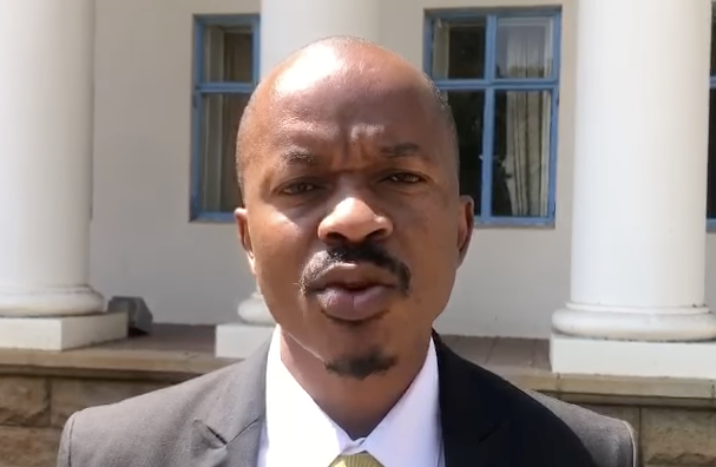
The Decline of Industrial Parks in Bulawayo
Industrial parks that once thrived in cities like Bulawayo now stand largely empty, a stark reflection of years of economic mismanagement, inconsistent policies, and the loss of investor confidence. This decline has left many sectors in a state of severe deterioration, with businesses downsizing, relocating to Harare, or shutting down entirely.
In the city center, retail shops that once housed major brands and international retailers have turned into vacant spaces, often subdivided into small stalls for informal traders. These remaining businesses face immense challenges, including high operational costs, currency instability, frequent power outages, and a significant drop in consumer spending power.
Mqondisi Moyo, leader of the Mthwakazi Republic Party, highlighted the contradiction between the government's public statements and the reality on the ground. He pointed out that investors are not only leaving but also avoiding the region altogether. According to Moyo, capital does not flow where property rights are insecure, the rule of law is selectively applied, and currency policy is erratic and unclear.
The collapse of core industries and the withdrawal of both local and foreign investment are clear signs that Zimbabwe’s economy remains in deep trouble.
A Broader Economic Crisis
Zimbabwe’s industrial base as a whole tells a similar story of decline. The Cold Storage Commission (CSC), once the largest meat processor and exporter in southern Africa and a major employer in Bulawayo, has effectively collapsed. Its infrastructure is in disrepair, and its operations are nearly non-existent, despite multiple failed attempts at revival through public-private partnerships.
Another major player, the National Railways of Zimbabwe, has been struggling for over two decades, unable to sustain its operations. Other formerly vibrant sectors of the city’s economy have also seen prolonged periods of stagnation.
Textile and clothing manufacturers, furniture factories, metal fabrication plants, and even basic food processors have closed their doors in large numbers over the past two decades. The influx of cheap foreign goods and second-hand clothing—primarily from China, Mozambique, South Africa, and Tanzania—has further weakened local production.
Moyo noted that weak and inconsistent trade policies have allowed an unchecked flood of imports, making it nearly impossible for domestic manufacturers to compete. As a result, the once-thriving textile and manufacturing sectors have virtually disappeared, replaced by open-air flea markets selling used clothing and inexpensive plastic imports.
Local factories remain idle, workers have been laid off, and small businesses struggle to survive amidst an oversupply of unregulated imports.
Efforts to Revive the Economy
Despite occasional infrastructure projects or diplomatic efforts aimed at projecting stability, Moyo argues that these gestures do little to address the root causes of the country’s prolonged crisis. He identified key issues driving mass migration and public despair, including chronic unemployment, failing public services, rampant corruption, and poor governance.
During the government of national unity between 2009 and 2013, the Distressed Industries and Marginalised Areas Fund (DIMAF) was established to support affected industries, with Bulawayo being one of the most impacted areas. The government allocated US$40 million towards DIMAF, but stakeholders claimed this amount was insufficient to meet the needs of the affected companies.
Additionally, the government introduced the $70 million Zimbabwe Economic and Trade Revival Facility, yet this initiative had limited success in reviving closed industries. These efforts highlight the ongoing challenges faced by the country in addressing its economic downturn and restoring investor confidence.
